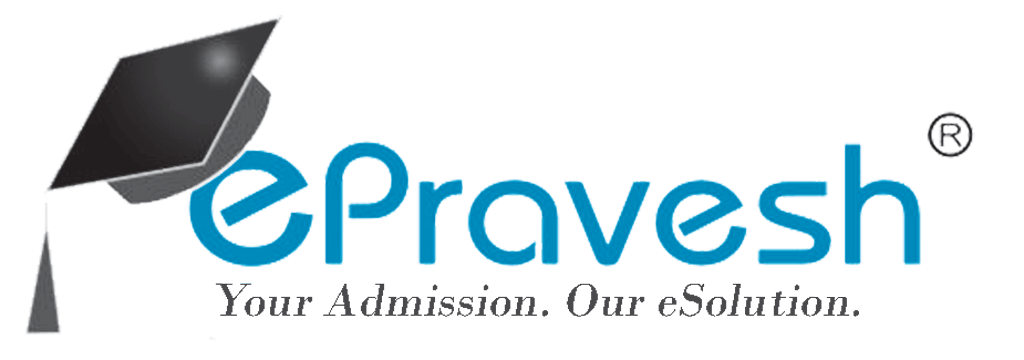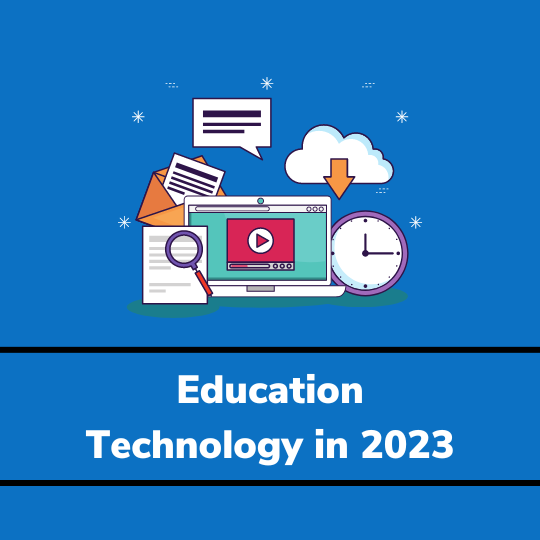Article Contents
Education Technology in India
As per a report by Google, and KPMG, online education in India will observe about 8 times enlargement in the subsequent 5 years.
Each student is distinctive as well as uniformly talented and has a diverse set of potentials, values, concerns, and agendas in the education environment. However, only a small number of students in a class attain the learning standards, and the remaining lack the abilities of merit.
The inequalities in the field of learning arise not due to the divergence between the students’ learning capabilities but due to the educational environment in which they are present.
Conventional education methods create a situation wherein a teacher leads a classroom and students get stuck into their seats for the whole day attending long and same old dull lectures.
As per a press release by Indian HRD Ministry, the higher education’s Gross Enrolment Ratio (GER) has increased to 24.5% in the session 2015-16 which was just 10% in 2004-5. This rise is a constructive sign, and the numbers would only get better in 2023 and ahead too.
There obviously has been a lot of change or let’s say evolution in the field of education over the past 5-10 years.
All, these years have been so that there continuously have been new trends coming and going, and only the best, most convenient, and user-friendly ones stay.
Earlier there were different techniques, now there are different, and they will be different in future times.
Here are five trends of education technology in 2023 that will recognize the requirements of –
-
Formative Assessment
-
Interactive Learning Methodologies
-
Knowledge Sharing Capabilities
-
App-based Learning
-
Self-mode of learning using tools, with an objective to monitor and improve student learning as well as offer ongoing feed-backs to enhance teaching practices.
These trends are new-gens. (generations) in the field of Education technology, which has given a stepping stone to the education system.
1. Innovation in Assessment Technique
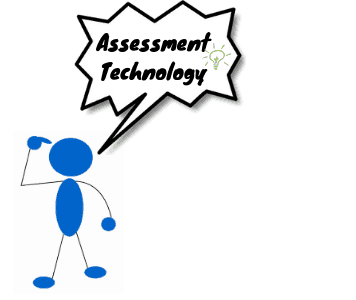
Education requires effective innovations of such a scale that can assist in producing essential high-quality learning results across the system. The recurrent cycle of improvements and feed-backs makes learning practical as well as efficient, giving it the quality needed.
Here are some of the innovative assessment strategies for educators to try out to gain quality candidates.
(i) Analyzing Student’s Work
An immense deal of information or data can be accessed from students’ tests, homework, and quizzes. These are designed in such a way that they can analyze the thinking of the student.
When the teachers take the time to analyze students’ work, they can get in-depth about students’ present knowledge, skill sets, attitude, learning styles, strengths as well as weaknesses.
The use of this, if you would ask, would be that it becomes easier for educators to put up a report of the student, which definitely helps the pupil for the present as well as the future time.
If the question HOW arises in your mind about the help to the student, then the answer to that would be that it would promote getting to know or deciding the inclination of the candidate towards any particular field.
(ii) Thinking Skill Assessment
Thinking skill assessment is a new technique initiated by Oxford University. It helps to analyze the critical thinking and problem-solving ability of the individual.
In today’s ever-changing dynamic world it is important to have those skill sets. Vast knowledge is available on the internet for free but the ability to problem-solving and critically thinking can set apart any individual.
The Thinking Skills Assessment, also known as TSA is an initiative or test that is designed specially to test or scrutinize the ability of the candidate to react to a particularly problematic situation and then solve it smartly!
In short, the test tests the Presence of mind of the candidate in problem-solving.
(iii) Eliminate Theory Based Exams
In the case of Theory based exams, students are supposed to write some short notes or provide an explanation of a particular concept. It is important to eliminate such exams and shift to online assessment where students can write their answers on a computer/ mobile/ tablet screen and it can be evaluated by teachers digitally.
Theory-based examinations have always been the downset of the concept of examinations. The stereotypical reaction of students towards theory-based exams isn’t always sporty.
The students too want exams that are less tedious and tend to check their practical knowledge and not theoretical.
This is not only beneficial for the students but also for the teachers who later have to evaluate the papers.
If the questions will be objective or say MCQ (Multiple Choice Questions) based, then so will the answers; saving a lot of time and energy for the teachers in the evaluation since the result generation too will be automated according to the encrypted data.
The elimination of theoretical exams is a very huge and lets’ say ‘most needed’ step in the education system…
2. Interactive Learning Tools & Techniques
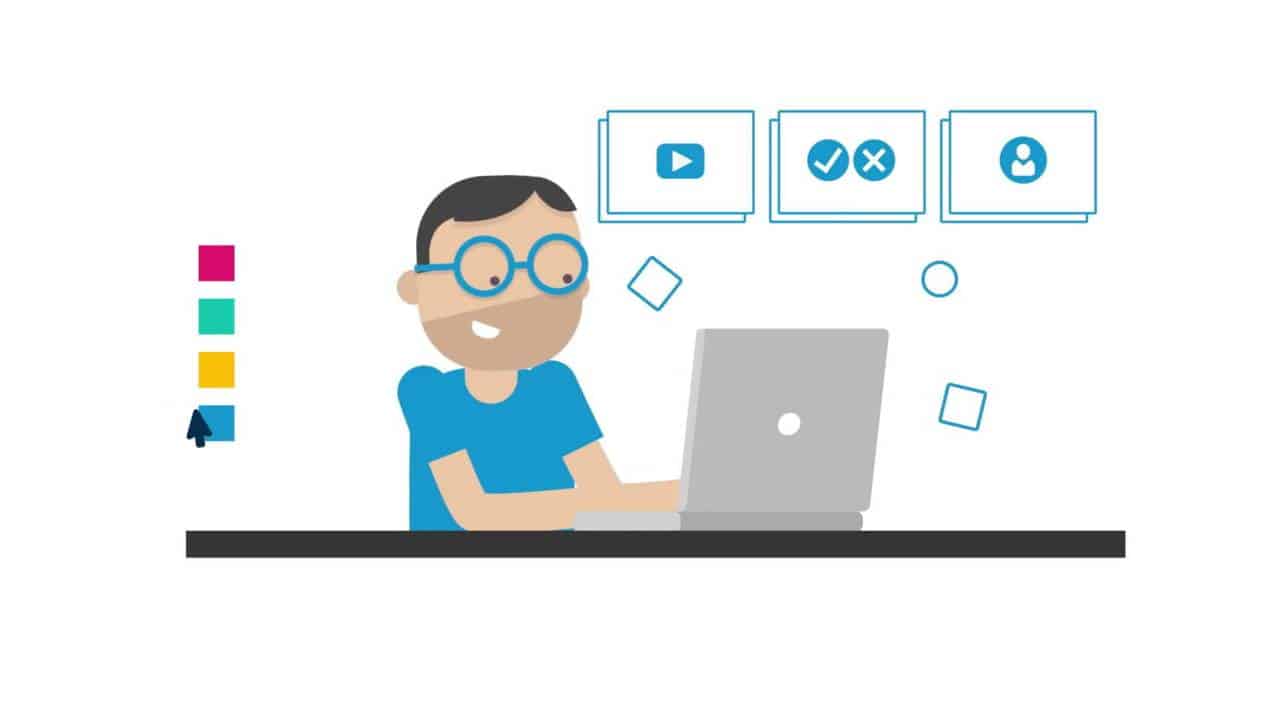
The year 2019 is predicted to be the right time to start bringing life into the learning styles. One of them is Interactive Tool Learning.
The term means that the students can learn about varied topics from the variety of interactive learning tools available out there.
These tools tend to use and follow methods for teaching that are more interactive than informative; meaning, methods that will interest the student more about the topic being taught.
Some of the interactive learning tools and techniques that would make a difference are listed below.
Trendy Interactive Learning Tools
(i) VoiceThread: It helps in creating discussions around many types of artifacts like Videos, Images, Documents, and PowerPoint with the use of Audio, Video, and Text Commenting.
(ii) Piazza: It involves discussions and problem-solving forums that support anonymous posts and Q&A.
Some more tools in the market are Quizlet (flashcards), VideoAnt (video annotation), VideoScribe (animated presentations), LucidChart (diagramming & concept mapping), and Articulate Storyline 2.5 (interactive presentations).
Trendy Interactive Techniques
(i) Brainstorming: Interactive brainstorming is characteristically performed in groups. The technique is used to generate creative ideas. It assists students to learn to pull together.
(ii) Buzz session: Promotes discussion and collaboration across the students in groups. Every student learns from each other’s inputs and shared experiences.
(iii) Incident process: This technique incorporates a case study to solve real issues that involve students. The participants are given details of actual incidents and asked to create a workable solution.
Other popular techniques cover Q&A sessions, small groups having discussions on certain topics, and thus involving students to provide their opinions in their personal voice.
3. Knowledge Sharing
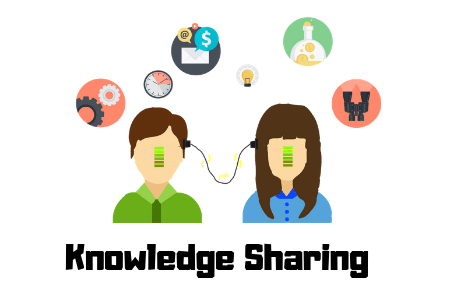
Knowledge sharing impacts students’ Attitudes, Motivation, and Achievement levels. A positive feedback sphere exists between Motivation and Knowledge sharing. Effective tools and techniques can be included to share articles, and documents by teachers, and professors with a group of students.
The concept of Knowledge Sharing is intended to be virtual obviously since we are in the digital era. It is seen that whatever new information, innovations, or details people seem to get, they instantly go online with it, sharing it.
Hence the term Knowledge Sharing!
This information being exchanged isn’t something that is based on hypothetical situations or studies, they are stated on the basis of personal experiences, Validating them more than enough to trust.
The relevance of the internet and online technologies will further influence students to focus their research on social media platforms (Facebook, LinkedIn, Twitter, and more), blogs and wikis.
The social relationships will become a product of online interactions with students who may at times not know each other and would build personal relationships subsequent to sharing knowledge about their personal experiences online.
4. App-based Learning
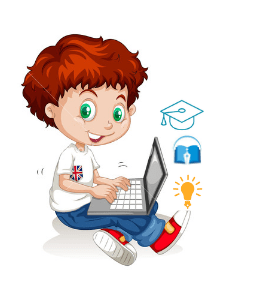
App-based learning is something that is extremely trendy in the world of education technology. App-based learning will more and more mature in 2019. There are nearly 650 million mobile phone users in India, and 300+ million of them have a smartphone.
The apps use techniques or say nacks that are from the users’ point of view and extremely user-friendly, making them easy to access for kids of 2 years on their own as well.
So, the anytime, anywhere suppleness of mobile technology is here to dwell. Learners like to use mobile and explore solutions to concentrate on their learning requirements on the go even devoid of an Internet connection.
Mobile Apps are the real answer to fulfilling these flexible learning needs. Mobile apps will further enable gamified learning, quick assessments, social learning, and microlearning.
5. Self Mode of Learning using Technology
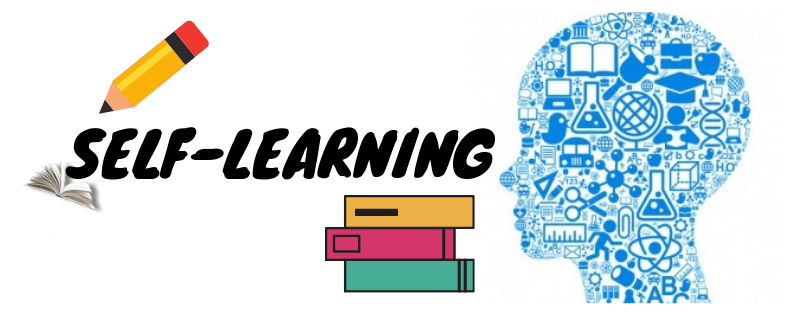
Self-learning technologies help students in sharing their work with others, get feed-backs for enhancements, practice tests for preparation and build project videos to look for views along with comments as well as develop their future learning plans.
The initial perception of self-directed learning is to teach the students to actually learn stuff on their own. When they will learn on their own, they will understand the meaning, concept, and importance of the concept they are getting their hands into.
Self-directed learning includes free open educational resources accessible online, personal learning networks, advanced video conferencing tools, self-publishing technologies, social media platforms, YouTube, iTunes, and ePortfolios.
This is yet another great approach or trend that has come up these days which is giving students more options to study methods.
Key Takeaways
The growing influence of technology in education is, thus, providing us with a quick look into a step-by-step evolving realm of unrestricted learning. Today, if we can deliver results regardless of an out-of-date education system, envision what wonders the next generation will achieve, once it has been trained with highly developed educational methodologies and technologies.
Since these education systems are seeing increased implementation by every year, we would not have to linger much longer to see the outcomes.
Technology is going to play a key role in the development of education in India. It is important for Indian Universities, Education Institutes to adapt to technology which can help them improve education assessment, and interactive learning, and make learning more interesting and dynamic according to current industry requirements. This will help improve the quality of education provided.
Eklavvya is an award-winning Online Assessment Platform used by many universities, training institutes, and organizations to conduct online assessments along with Knowledge Management Processes for their students. EKlavvya platform supports various types of assessments including Aptitude tests, Thinking skill assessments, domain specific test, and personality assessments. Many universities are using this solution to conduct entrance exams for various academic courses like MBA, MCA, and BBA. You can enroll for a free trial to get started.
